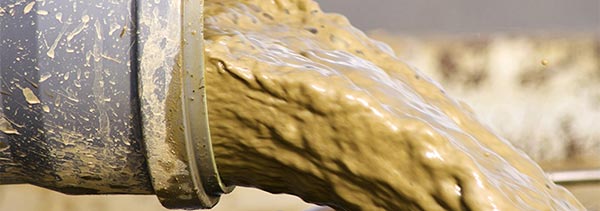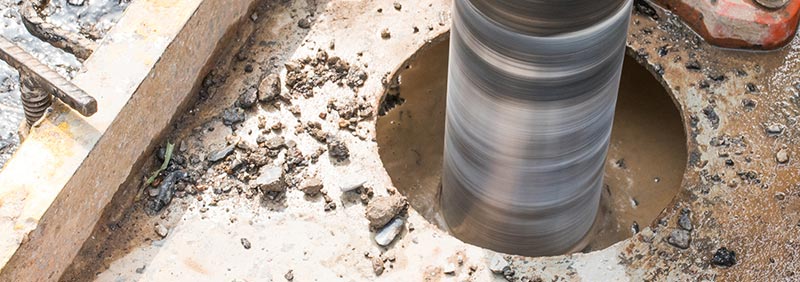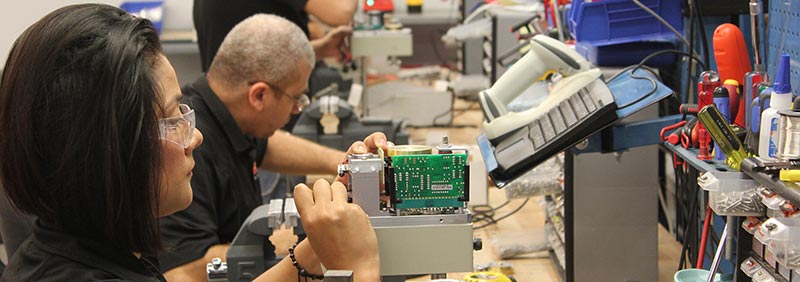Foamed cement is a specialized fluid consisting of cement slurry mixed with a course dispersion of gas, usually nitrogen, which is then pumped down an oil well in order to cement casing in place. The stable foam within the cement allows for the slurry to be mixed at densities as low as 4 lbm/gal (pounds per gallon), which is much lower than more conventional cements. At the same time, the discrete bubbles of gas give the set cement ideal characteristics of low permeability and relatively high compressive strength when compared to conventional cements mixed at the similar densities. Ideal for use on just about any type of cement job, foam cements are intended to be placed along weaker formations which are susceptible to damage from heavier conventional slurries.
Knowledgebase
For over 30 years, OFI Testing Equipment has been designing and manufacturing innovative instruments for drilling fluids testing, cement testing, and core analysis. Here is a list of just a few innovations from OFITE:
In a rotational viscometer, a rotating cylinder creates a defined shear rate in the sample and measures resistance to flow by the torque generated. It produces a precise measurement of absolute viscosity for a wide range of viscosities. Because the shear rate can be varied, it is possible to plot curves of non-Newtonian fluids.
As a category Rotational viscometers are divided into types based on whether the instrument measures shear rate against a constant torque (the Stormer type) or as more commonly seen measures torque with a defined shear rate. The second type is subdivided as to whether the inner or the outer cylinder rotates to produce flow.
Porous ceramic filters are commonly used for everything from sewage treatment to medical equipment monitoring. In the oilfield, ceramic filters are used as a replacement for filter paper in the HTHP filtration test. Available in a wide range of pore throat sizes, ceramic filters enable the operator to perform filtration tests at similar porosities to that of the formations being drilled, a big advantage over filter paper. Also, ceramic filters, unlike paper, have depth (usually 1/4"), so invasion and return permeability studies may be performed and bridging characteristics of drilling and drill-in fluids may be analyzed.
The American Petroleum Institute (API) Recommended Practice 10B-2 (RP 10B-2) establishes recommended practices for testing oilwell cement slurries. OFITE offers equipment for testing oilwell cement slurries based on this document.
The American Petroleum Institute (API) Recommended Practice 13B-1 (RP 13B-1) establishes recommended practices for field testing water-based drilling fluids. OFITE offers equipment for testing water-based drilling fluids based on this document.
The American Petroleum Institute (API) Recommended Practice 13B-2 (RP 13B-2) establishes recommended practices for field testing oil-based drilling fluids. OFITE offers equipment for testing oil-based drilling fluids based on this document.












